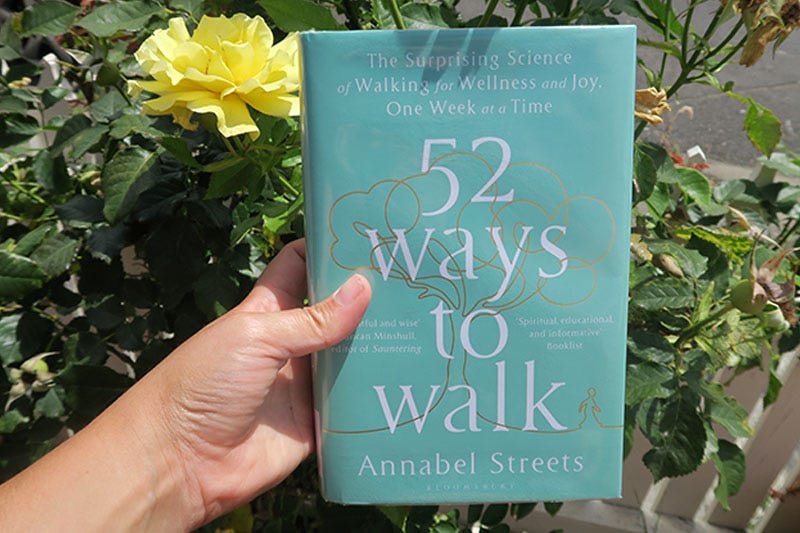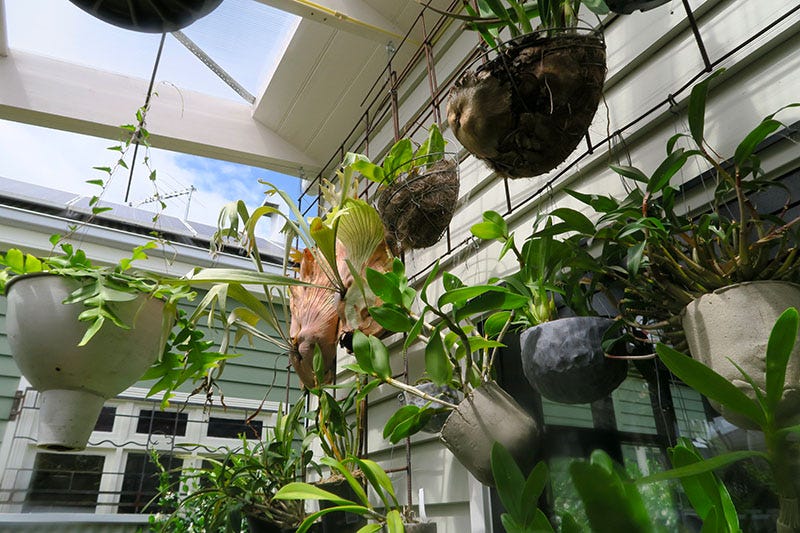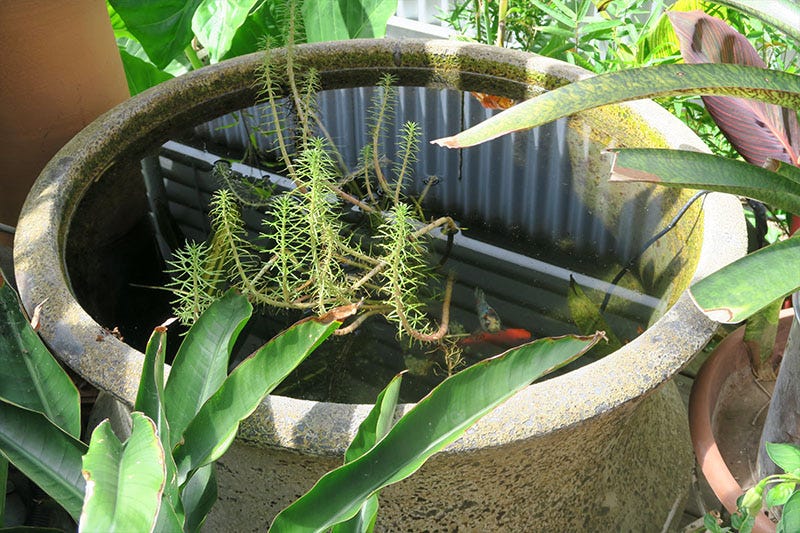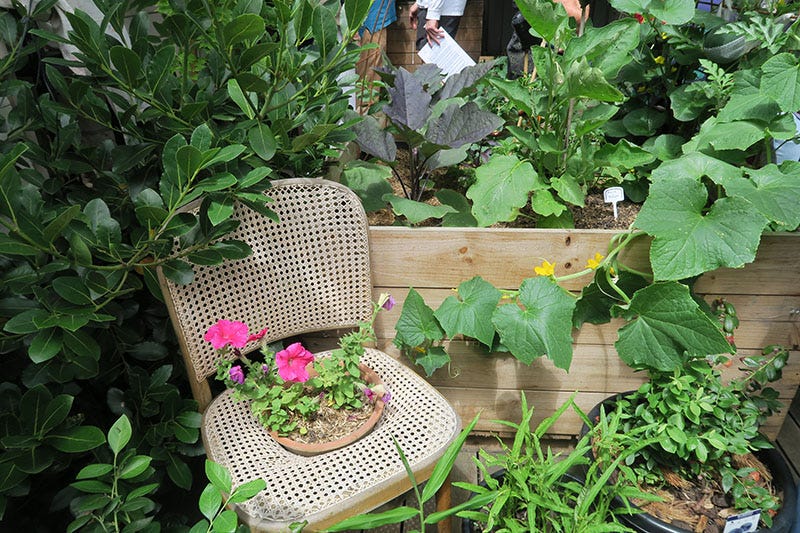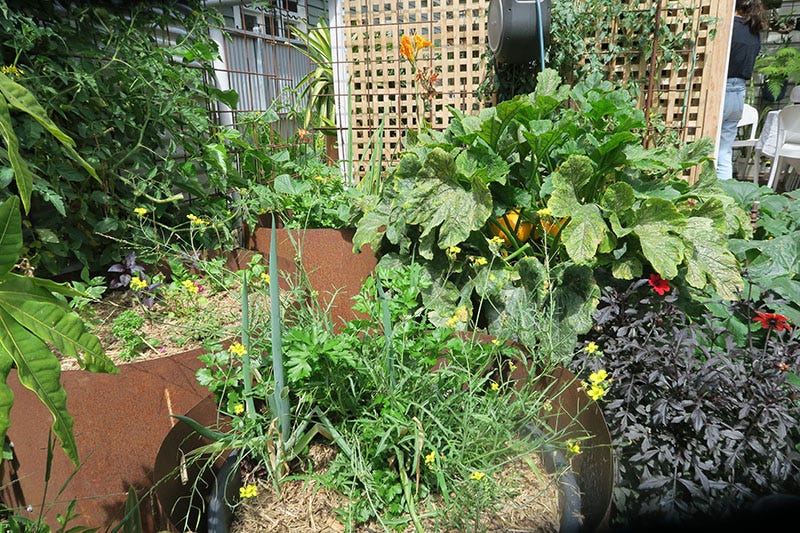I’m never quite sure how to start these newsletter, but when I feel socially anxious, I tend to talk about the weather. We are at the turn of a season, with summer wrapping up in the southern hemisphere (not that it really felt like it was here to begin with, this time round).
I normally love autumn, but I do wish we’d got just a bit more heat over the last few months, to make it feel earned. I love when balmy summer nights lead into the cooler mornings of late-March and April. The autumn palette of soft reds, oranges and vibrant golds. Flipping through cookbooks for heartier dishes, like soups, stews and roasts. It ain’t all bad.
But summer, we hardly knew ya.
Ways to walk
I’ve always been an ambler and have long taken for granted the right to walk anywhere.
During Melbourne’s many months of lockdown, I took for granted at the very least, the right to walk around ‘my 5 kilometres’. As monotonous as that soon began to feel. Apart from the time I saw a goat chilling out in someone’s front yard. That was a good day.
But then a foot injury in late 2021 took away the right to, well, really walk anywhere – at least without excruciating pain. And it’s been a long lead time on recovery (it’s mostly good now, but my advice is don’t hurt your feet! Just don’t do it! It’s not worth it!).
So during this time of semi-incapacitation, I thought I’d torture myself by reading many, many books about walking. Some were about epic treks people had undertaken. Like walking from the tip to toe of New Zealand, or from Siberia to South Australia. As you do.
There are a decent amount of books about the history of walking, and covering famous writers throughout the ages who have used this type of exercise to spark ideas and stimulate their creativity.
Other books are more about the science of walking – it obvs does good things for the body, as a simple act of movement, but what other benefits does walking have to offer us?
Enter 52 Ways to Walk by the very appropriately named Annabel Streets. A keen walker herself, Streets’ intrigue lies in both the science of walking and the romanticism behind it.
As you may have guessed from the title, this book contains 52 different ways to walk – with something new to try out every week. And along with learning something new, as we should routinely be doing throughout this GREAT JOURNEY OF LIFE, there’s some tips for how to shake up your walks – either FOR SCIENCE or just to find the joy in putting one foot in front of the other, if the practice is becoming staid or humdrum, due to lack of variety or stimulation.
Some of the suggestions Streets makes in her book are probably not the most practical. I don’t think I’m going to conduct my daily walk backwards anytime soon, for example, even if it does provide an excellent workout for underused muscles (she means walking backwards, btw, not taking a well-trod route backwards. In case you were wondering).
It was nice to hear about the uplifting benefits of dog walking, which is my daily form of exercise, although her test subject must be a lot calmer than mine – walking my dog-who-is-the-size-of-a-small-pony-with-the-strength-of-an-ox leaves me mostly traumatised, more than anything else.
But I love the idea of the following:
walking while concentrating on breathing in and out through your nose, which can help increase the amount of nitric oxide in your body. This can have a positive effect on your weight, circulation, mood, immunity and sexual function
similarly, conducting a ‘smell walk’, where you stroll through a city, making a mental map of its particular scents and I suppose in some cases, stenches
strolling straight after a meal, which can aid with digestion. I’ve read about this particular health benefit before and try (and mostly fail) to practise this daily
the effect that the timing of a walk can have on your mind and body, such as first thing in the morning or even at night (safety first!).
Honestly, I could easily list all 52 examples here, but it’s probably just better for us both if you just read the book. Borrow it from a library or support your local, independent bookstore.
I read it as a library book, but am considering buying a copy – something I don’t do too often these days, as shelf space is at a premium (one day I will have my wall of books… one day).
Snooping in other’s backyards
Many of my neighbours have enviable front yards. Living in the ‘burbs, in an area that has decent-ish sized blocks means that people can get a little creative with their gardens.
I noticed a few week’s ago that one home with a particularly admirable front yard was opening to visitors as part of an Open Gardens Victoria event. This volunteer-run NFP partners with gardeners, to open their private spaces to the public, allowing sticky beaks like myself to have a good nosy around.
There’s something invaluable in seeing what your neighbours are doing with their space. It gives you a great idea of what grows locally and of course, provides endless inspiration.
My favourite of the day is a garden that is not only full of edible plants, but contains gorgeous dahlias, teddy sunflowers, bromeliads – planted for pure enjoyment. To me, this is the point of gardening!
A handful of images from the day:
Zero waste kitchen: the carrot edition
How bloody good are carrots? This is always how I feel when I’m at the shops or farmers market and they’re taunting me in all their orange glory – yet so often they languish in the corner of my veggie crisper, abandoned and forgotten.
In an effort to reduce food waste , I’ve been searching for ways to use my carrots, before they end up in the compost or worm farm (which I need to stop treating like a get-out-of-jail-free card).
Here are some ideas for using up your surplus carrots:
Domestic expert Shannon Lush reckons you can store carrots in your fridge crisper for up to a month, so at least they have some longevity.
Another tip from Shannon – cut the tops off carrots, pop them on some cotton wool in a plastic container and water them with your kids. At some point, they’ll start resprouting. Note: children are not necessary to do this, you can also propogate these simply to please yourself.
Don’t chuck the green tops of your carrots. You can use them to make a delicious pesto.
Rachel Khoo has a fantastic recipe for roasted carrot ketchup in her cookbook The Little Swedish Kitchen, using them as a substitute for tomatoes. It’s delish on burgers and sausage sangas.
Love all things pickle? Ferment your carrots.
Chuck ‘em into pancakes.
If you’ve got any ideas, please feel free to let me know in the comments.
What’s cooking next time
Reviewing an interesting cookbook by a ‘cult chef’ and hanging ten at Melbourne’s first surf park.
-Celine
PS. If you’re enjoying this newsletter, I’d love a like, a comment or even a share. The more ‘engagement’ a post gets, the more it has the chance of getting eyeballed by others who aren’t subscribed. Thank you!



